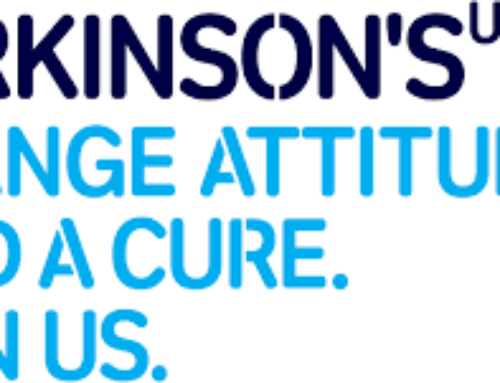
Our client, a large Housing Association that manages over 25,000 social housing properties, wanted to test if it is possible to use Artificial Intelligence to predict the likelihood of a tenant going into rent arrears. If successful the solution would be able to promote discussion with the tenant on appropriate and early interventions, such as financial support, prior to them actually going into arrears.
The client would also be able to increase their support of tenants’ well-being by reducing financial stress and opening up communication with tenants, thus reducing the need for legal interventions and preventing them from slipping into longer-term rent arrears. It could help them to engage and build relationships with tenants at the earliest opportunity.
Greenhouse Intelligence was engaged as AI consultants to deliver a proof-of-value that sought to understand:
- the general capabilities of AI and its applicability to the client;
- specifically, whether they were able to use AI to make predictions regarding rent arrears; and,
- what types of predictions can be made regarding rent arrears and the accuracy of the results.
Our approach involved collecting data on the clients, tenants, tenancies, rent payments and agreements for the past 7 years. We explored this data and combined them into one (very large) data set.
We set out to predict the arrears risk level of a tenant based on three different escalations of their status:
- Prediction of which tenants will go into arrears at some point in their tenancy
- Prediction of which arrears tenants will break their arrears agreements
- Prediction of which arrears tenants will enter a legal agreement
These predictions, presented as probabilities for individual tenants, could then be used to evaluate the risk of each tenant escalating to each of those stages.
The predictions are hierarchical – the second prediction would only be made if the first prediction was above an agreed threshold e.g. 75% probability of going into arrears. Similarly, the third prediction would only be applied if the second prediction was above a threshold.
Each of the models were able to make predictions with high degrees of accuracy – all three models had an accuracy of over 95%. A more important measure than accuracy is Recall – this measures, out of all the people who actually went into arrears, how many of those did we correctly predict, which is useful because it tells us whether any tenants required intervention but didn’t get it. For the first two models the recall scores were both over 90%. Even the ‘legal agreement’ model, which has much lower instances and therefore is harder to predict, had a recall of over 80%.
This proof-of-value has therefore been able to show that applying AI and data science techniques to the available data can provide valuable predictions regarding the risk from rent arrears for the tenants.
The information will be particularly useful to the Income team so that they can intervene early with tenants before they actually go into arrears, and also understand the best actions to take for those tenants that do end up in arrears.
By bringing in additional data around the actions taken by the Income Officers, further analysis and modelling would be able to recommend the ‘next best action’ in each case, as well as when and how to make those interventions.
Overall, the PoV has demonstrated that the client’s data is strong enough to make accurate predictions that can be incorporated relatively easily into the existing workflow to provide valuable insights to reduce the burden of arrears for the tenants.
If you’d like to understand how AI can benefit your business and customers, then please get in touch using the Contact form.






